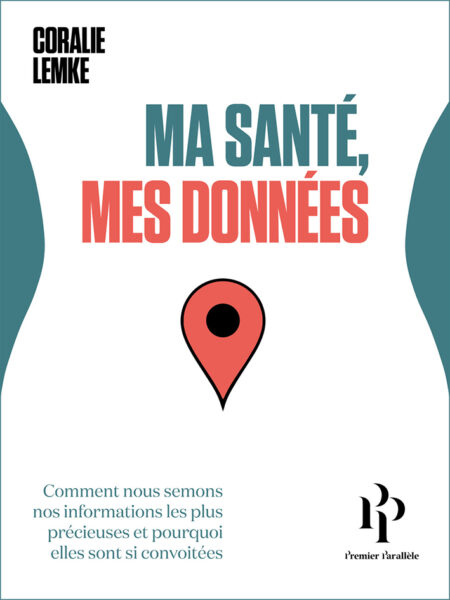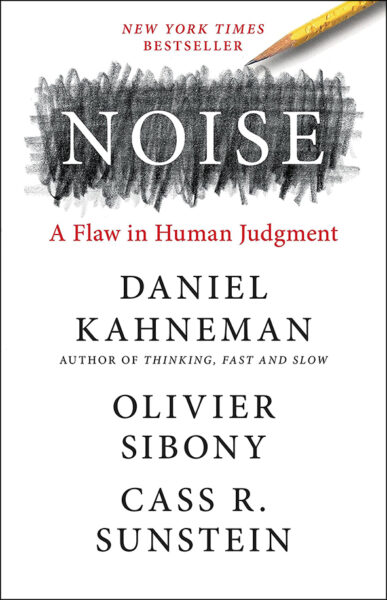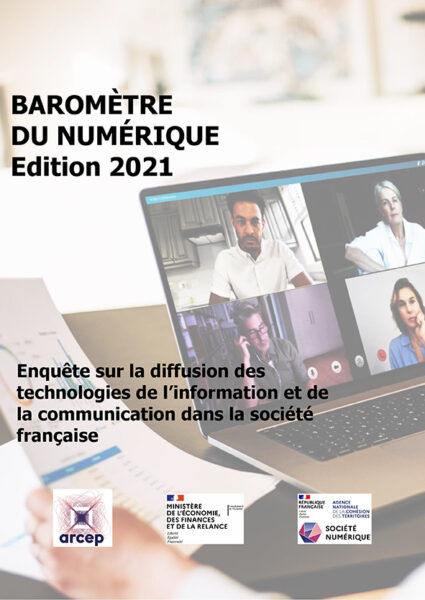This short story was published in English under the title “In the Year 2889” in February 1889 in the American magazine The Forum (vol. VI, n° 6). It seems to have been commissioned by the magazine’s editor, Lorettus Sutton Metcalf, and has often been attributed to Jules Verne’s son, Michel, who in 1910 published it in the collection Hier et demain (Yesterday and Tomorrow), with illustrations by Georges Roux (reproduced here). Nevertheless, according to Gaston Compère, some of the translation was definitely the work of Jules Verne himself, who read it to the Amiens Academy on 18 January 1891.
The story appears to have been strongly influenced by Le Vingtième Siècle (The Twentieth Century) by Albert Robida, published in 1882. Jules Verne, however, preferred the terms “tétéphote” or “phono-téléphote” to “téléphonoscope” used by Robida. The word “téléphote” had been popularized in France as early as 1882 by Count Théodore du Moncel (1821-1884), an authority on electricity and telecommunications, in his article “Le téléphote” in Le Microphone, le radiophone et le phonographe (Paris: Librairie Hachette, Bibliothèque des merveilles, 1882, pp. 289-319). There is a brief mention of the “téléphote” by Jules Verne in his novel Le Château des Carpathes (1892).
Besides imagining the video-link well before its time, the short story contains extremely far-sighted remarks on the power of the media, modern transport, space travel, the increase in life-expectancy and even the need for a policy of one-child families in China!
An American Journalist's Day in 2890 (Futures of Yesteryear)
Cet article fait partie de la revue Futuribles n° 310, juil.-août 2005



